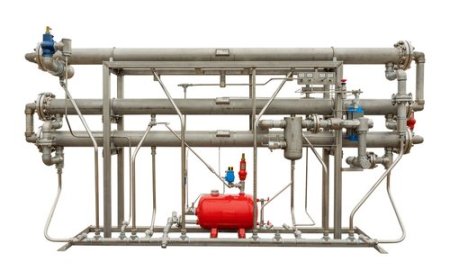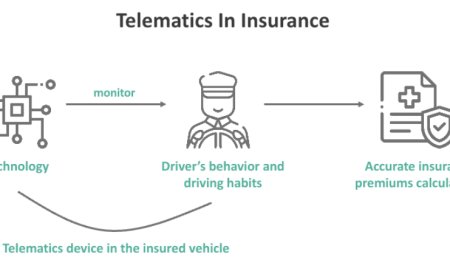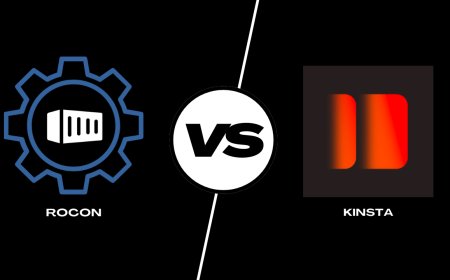Common Triggers for Insurance Coverage Investigations
Insurance policies are designed to provide peace of mind during times of loss, whether it’s a car accident, a house fire, or a medical emergency.

Insurance policies are designed to provide peace of mind during times of loss, whether its a car accident, a house fire, or a medical emergency. However, not all claims are accepted outright. In some cases, insurance companies initiate a coverage investigation before they approve or deny a claim.
These investigations help insurers determine the legitimacy of the claim, the extent of coverage, and whether any exclusions apply. Understanding the common triggers for insurance coverage investigations can help policyholders prepare, avoid unnecessary delays, and ensure they act in good faith when filing a claim.
Unusual Claim Timing
One of the most frequent red flags that prompts an investigation is the timing of the claim. Insurance coverage investigations, If a claim is filed shortly after the policy was purchased, particularly within days or weeks, insurers may become suspicious. This could suggest that the policyholder may have obtained coverage with prior knowledge of impending damage or loss.
For example, someone who buys a homeowners insurance policy and then files a claim for storm damage the following day may trigger a deeper review. While the loss might be legitimate, the insurer will want to ensure the damage didnt occur before coverage began.
Large or High-Value Claims
High-value claims naturally attract more scrutiny due to the financial impact on the insurance provider. Whether its a substantial property loss, a luxury vehicle theft, or an expensive medical procedure, insurers are likely to investigate thoroughly before approving such claims.
Large claims often involve independent assessments, documentation reviews, and sometimes interviews with the insured. The insurer may also bring in adjusters or third-party experts to verify the scope of damage and determine if the claimed loss is consistent with the policy terms.
Inconsistencies in the Claim
Inconsistencies between what a policyholder reports and what the evidence shows can quickly trigger an investigation. This could include conflicting statements about how the loss occurred, discrepancies in dates, or unusual behavior that doesnt align with the claim narrative.
For instance, if a car accident report says one thing and the drivers account says another, the insurer may look into surveillance footage, police reports, or witness statements to reconcile the facts.
Missing or Inadequate Documentation
Insurance coverage investigations often require extensive documentation, receipts, photos, repair estimates, police reports, medical records, etc. When claimants fail to provide sufficient documentation or when the documents appear altered or suspicious, the insurance company may initiate an investigation.
A lack of documentation can be seen as a potential indicator of fraud, or it may simply raise questions about the validity and scope of the claim.
History of Frequent Claims
Policyholders with a history of filing multiple claims may be flagged for further investigation, especially if the pattern suggests potential abuse of the insurance system. While some individuals are simply unlucky, a high frequency of claims, especially similar types of claims, can indicate opportunistic or fraudulent behavior.
For example, if a person files a claim for water damage every year, insurers may investigate to determine if preventive maintenance was performed or if the damages are being exaggerated.
Suspicious Loss Circumstances
Certain types of losses, or the context in which they occur, naturally trigger more scrutiny. Losses occurring under suspicious or uncommon circumstanceslike a fire breaking out just after a financial setback, or theft with no signs of forced entrymay be subject to deeper review.
In such cases, insurers look for red flags that suggest intentional damage (such as arson or staged theft) or misrepresentation. They may examine financial records, police reports, and even conduct interviews to uncover the truth.
Coverage Disputes or Policy Exclusions
Not every loss is covered under an insurance policy. When a claim falls into a gray areawhere coverage is unclear or exclusions may apply, the insurer may open an investigation to interpret the policy language and determine applicability.
Common examples include claims involving:
Business use of a personal vehicle
Pre-existing medical conditions
Damage caused by poor maintenance or neglect
Claims arising from intentional acts
These scenarios often require legal interpretation of policy terms and a careful review of the events leading to the loss.
Third-Party Involvement or Liability Disputes
When a third party is involved, such as in auto accidents or liability claims, the insurer must determine who is legally responsible and to what extent. If there are conflicting accounts between parties or if the injuries/damages appear exaggerated, this could prompt a coverage investigation.
Additionally, if multiple parties are insured by the same company, there may be concerns over conflicts of interest, requiring a more careful and impartial review.
Claims During a Lapse or Policy Change
Filing a claim during or immediately after a lapse in coverage, or right after a policy change (such as increased limits), can appear suspicious. Insurers may investigate whether the loss occurred during a period when there was no active coverage or whether the timing of the claim coincides too conveniently with policy modifications.
In these cases, a coverage investigation may include a timeline analysis to determine when the damage actually occurred and whether it was within the effective coverage period.
Tip-offs or Anonymous Reports
Insurance companies occasionally receive anonymous tips or reports from third parties alleging fraudulent claims. These tips may come from neighbors, coworkers, or even estranged family members. While insurers must approach these tips with caution, credible information may trigger a deeper investigation.
For example, a tip suggesting a vehicle was never stolen or that property damage was self-inflicted may cause the insurer to look into the claim more closely, often with surveillance or social media monitoring.
The Investigation Process
Once a trigger initiates an insurance coverage investigation, the insurer may take several steps, including:
Interviewing the policyholder
Reviewing documents and photographs
Hiring adjusters, investigators, or forensic experts
Conducting site inspections
Requesting sworn statements (Examination Under Oath)
If fraud is suspected, the claim may be referred to the insurers Special Investigations Unit (SIU). In serious cases, law enforcement may be notified, and the policyholder could face civil or criminal penalties.
How to Avoid Unnecessary Investigations
While not all investigations are avoidable, policyholders can reduce the risk by:
Providing accurate and timely information
Maintaining clear records and documentation
Understanding the terms and limits of their policy
Being honest and cooperative with adjusters
Reporting claims as soon as reasonably possible
Conclusion
Insurance coverage investigations serve a vital role in protecting insurers and policyholders alike from fraud and abuse. However, they can also be time-consuming and stressful for those with legitimate claims. By understanding the common triggers, such as suspicious timing, large claims, or inconsistent information, policyholders can navigate the claims process more smoothly. Transparency, preparation, and good communication remain the best tools to ensure a fair outcome and prompt resolution.














































